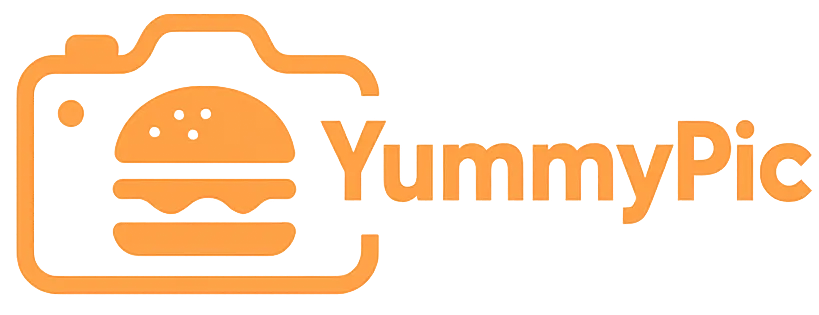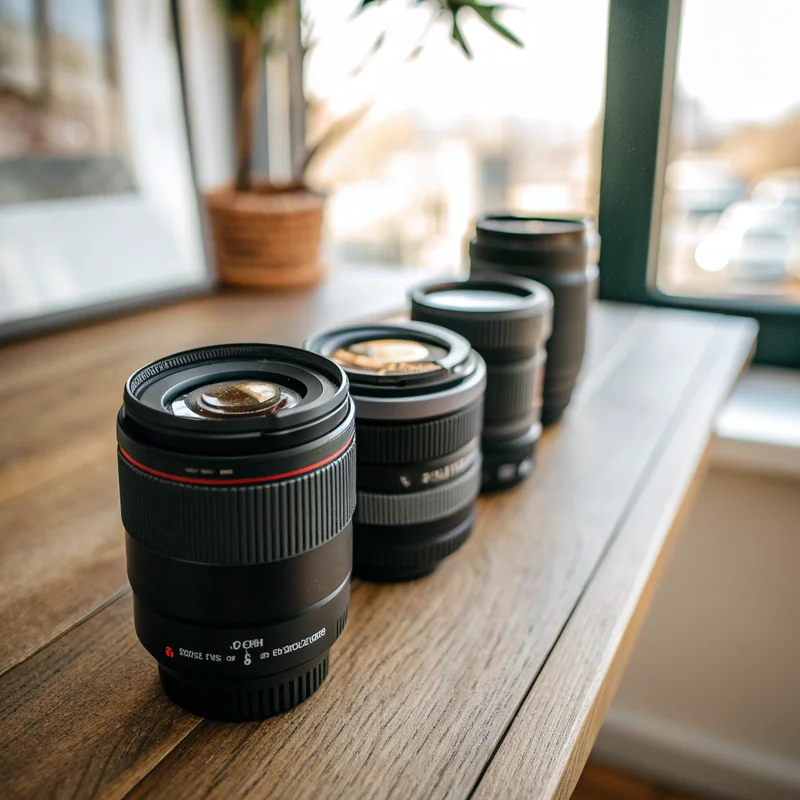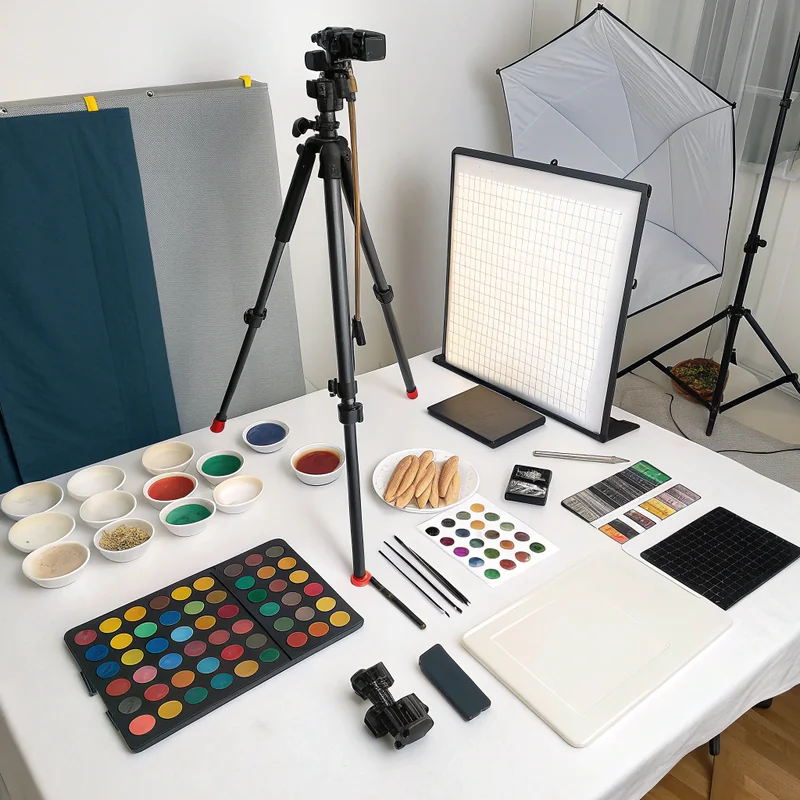Choosing the Best Cameras for Food Photography: Key Specs and Top Picks in 2025
Food photography is an art that demands precision, color accuracy, and an eye for detail. Whether you're a professional photographer, a food blogger, or a restaurant owner aiming to showcase your dishes with mouth-watering visuals, selecting the right camera can make all the difference.
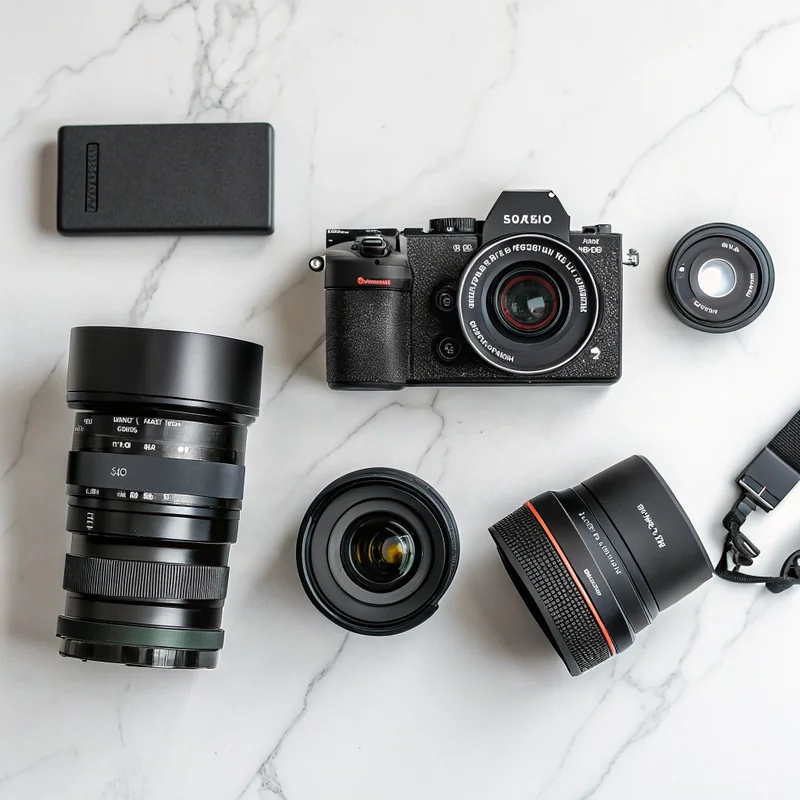
Why Camera Choice Matters for Food Photography
Food photography is unique because it requires capturing textures, colors, and subtle lighting contrasts that evoke the taste and aroma of a dish visually. A camera that can render vibrant, true-to-life colors and fine textures with sharpness will best do justice to your culinary subjects.
The ideal camera also handles low-light scenarios beautifully, as restaurant and ambient lighting are often less than optimal. In 2025, the market offers a rich variety of cameras tailored for food photography, from high-resolution full-frame giants to budget-friendly APS-C models.
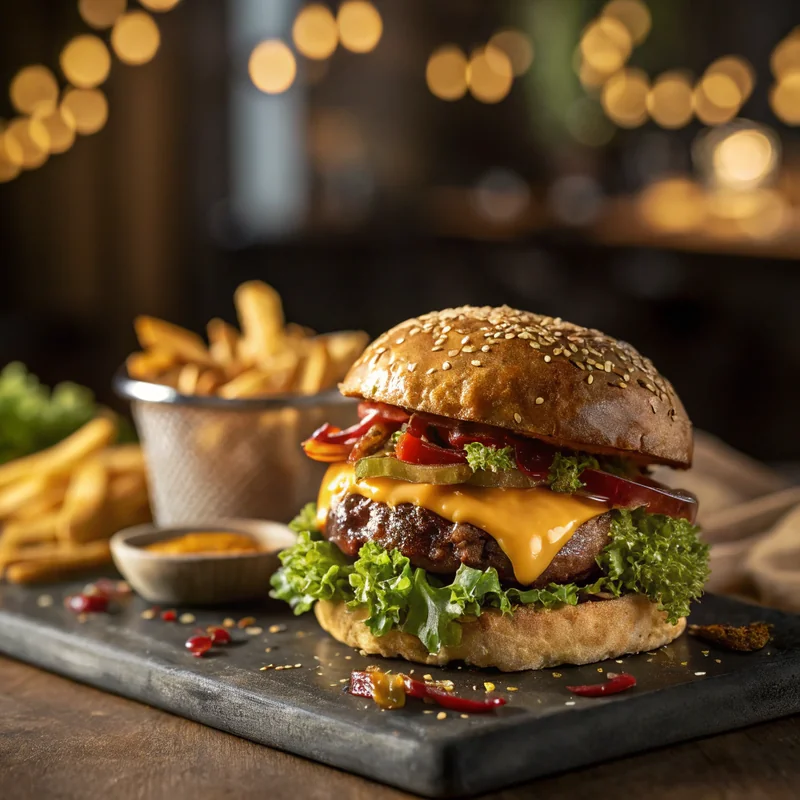
Example: Professional food photography with shallow depth of field and beautiful bokeh
Key Specifications to Consider
Sensor Type and Resolution
Full-frame sensors tend to offer better dynamic range and low-light performance, crucial for highlighting the intricate details and shadows in food. High resolution (40MP and above) helps in cropping and delivering ultra-sharp images necessary for professional prints and large displays, while APS-C sensors bring a balance between quality and affordability.
Color Accuracy and Rendering
Vibrant, natural color reproduction is essential to make food look appetizing. Cameras with advanced color science and customizable color profiles (like Fuji's film simulations) are highly regarded in the food photography community.
Low-Light Performance
Good ISO performance and noise control ensure clear shots even in dimly lit environments, such as cozy restaurants or ambient evening setups.
Autofocus Accuracy
Fast and precise autofocus helps capture crispy details—think glistening sauces or delicate textures—especially when shooting handheld or in motion.
Portability and Ergonomics
Depending on your shooting style, size and weight can be important. Mirrorless cameras often provide a lighter, more compact solution without compromising image quality.
Lens Compatibility
A camera system with a good range of macro, prime, and fast aperture lenses allows for creative flexibility—close-ups of spices, wide shots of table spreads, and softly blurred backgrounds.

✨ AI Generated
Skip the Expensive Camera & Get Pro Photos in Seconds
Why spend thousands on camera gear when you can transform any phone photo into professional restaurant-quality images with AI? Get the same stunning results without the equipment cost, learning curve, or time investment.
✓ 3 free photos • No credit card required
Top Cameras for Food Photography in 2025
Professional-Level Cameras
-
•
Sony A7R IVa: The king of resolution with its 61MP full-frame sensor, delivering exceptional detail and dynamic range. Ideal for professional studios and high-end editorial shoots.
-
•
Canon EOS R5: Combines excellent resolution with Canon's renowned color science and dual-pixel autofocus, perfect for vibrant, true-to-life food colors.
-
•
Nikon Z7 II: Offers a blend of sharpness, color fidelity, and strong low-light performance, excellent for natural light food photography.
-
•
Fujifilm X-T5: A compact APS-C mirrorless camera celebrated for its stunning film-like color profiles and impressive 40MP sensor, favored by food bloggers and travel photographers.
-
•
Canon EOS R7: A strong budget-conscious option delivering pro-level features, quality, and image sharpness in an APS-C format.
Budget-Friendly Options
For those just starting or on a tighter budget:
-
•
Canon EOS Rebel T7i and Canon EOS 90D provide great colors and autofocus reliability without breaking the bank.
-
•
Sony ZV-E10 II is a lightweight choice perfect for content creators who mix food photography with video.
Don't Have a Professional Camera?
Skip the expensive equipment and transform your phone photos into stunning professional food images with our AI-powered tool.
Try AI Food Photography Free